The Possum comprises a group of marsupials that live in Australia, Sulawesi, and New Guinea. These furry creatures live in trees, and carry their young in a pouch.
Many people incorrectly refer to “oPossums,” particularly the Virginia oPossum, as “Possums.” Researchers recognize approximately 70 different species of true Possums. Read on to learn about the Possum.
Description of the Possum
These creatures vary in size and appearance, but generally have the same body shape. They walk on all four legs, have long tails, and usually live fully or partially in trees. Possums vary in size, from positively tiny to the size of a large cat.
The Tasmanian pygmy is the smallest species at just under 3 inches long. Conversely, bear cuscus are the largest at 2 feet long, plus a 2-foot tail! Their weight ranges anywhere from less than an ounce to over 10 pounds.
Interesting Facts About the Possum
Throughout their range you can find a wide variety of different Possum species. Learn more about some individual species and their traits below.
- Sugar Glider – This little creature is one of the most popular species of Possums in the world. In fact, you can find sugar gliders in households worldwide! This species, along with its other “glider” relatives, have flaps of skin between their legs that they use to glide from tree to tree.
- Feathertail Glider – At a glance, you might mistake this little marsupial for a mouse with a flattened tail. This little creature is, in fact, a marsupial and not a rodent! The feathertail glider is actually the smallest gliding mammal in the world at just three inches long.
- Rock-Haunting Ringtail Possum – You read that right, that mouthful is actually the name of this species. As you might have guessed, this marsupial lives in rocky areas. Like the unrelated oPossum, this species has a bald and scaly tail.
- Blue-Eyed Spotted Cuscus – These Possums have blue eyes, beige fur, and caramel colored blotches. They live only on the Indonesian islands Supiori and Biak, and human activity is driving them towards extinction. Researchers can’t even estimate how many remain in the wild, and the IUCN lists this species as Critically Endangered.
Habitat of the Possum
With such a variety of species, habitat preference varies drastically. Most of these creatures live in trees, so their habitats must have some amount of mature vegetation.
Some of the different habitat types that these marsupials occupy include woodland, shrubland, forest, rainforest, mangrove, eucalyptus forest, and more. They inhabit arid, semi-arid, temperate, and tropical regions, as well as lowlands and mountainous areas.
Distribution of the Possum
Different Possum species have different ranges and distributions. Some species live across wide regions, while others inhabit only a small area or a few islands. Naturally, the various species inhabit Australia, Sulawesi, and New Guinea. Humans have introduced some species into China and New Zealand.
Diet of the Possum
Possums are usually herbivorous or omnivorous, which means they only eat plants, or they eat both plants and small animals. Some species specialize on specific types of plants or foods while others eat just about anything. Their various diets include insects, invertebrates, leaves, buds, fruits, berries, seeds, nuts, nectar, flowers, and more.
Possum and Human Interaction
Human interaction impacts different species of these marsupials in different fashions. Some species live across wide ranges and human interaction does not impact them adversely. Other species actually prefer living in close proximity to humans and inhabit gardens, parks, and farms.
Unfortunately, many different Possum species suffer from human interaction. Habitat destruction, hunting, capture for the exotic pet trade, climate change, and many other anthropogenic impacts cause population decline.
Domestication
Humans have not domesticated Possums in any way.
Does the Possum Make a Good Pet
No, these creatures do not make good pets. Even though they look cute and cuddly, Possums are wild animals. In most places it is also illegal to own one as a pet.
Possum Care
Zoos do keep some species of Possums, but not all. Their care needs vary drastically from species to species, particularly their diets. Some feed primarily on insects, others plants, and others a mixture of the two. Veterinarians choose the best diet based on the species at hand.
Most Possums live in large enclosures with lots of trees, branches, shrubs, ropes, and other climbing opportunities. Because they are usually nocturnal, many zoos also provide nesting boxes or other areas for them to sleep during the day.
Behavior of the Possum
Each and every species of Possum is slightly different from the next. However, most species are primarily nocturnal, or most active at night. They usually sleep during the day in the branches, a tree hollow, rocky cave, or other similar area. At night, these marsupials emerge to search for food.
Possums are also generally arboreal, which means that they spend most of their time in the trees. While this isn’t the case for all species, most search for food in trees and bushes and rarely come to the forest floor.
Reproduction of the Possum
The reproductive strategies of these creatures vary drastically from one species to the next. Despite this, all species are marsupials and carry their young in a pouch. Most have a gestation period that lasts about two or three weeks. At birth, the joeys climb to their mother’s pouches.
The amount of time it takes for the joeys to reach independence varies drastically from species to species. For some it takes over a year before they leave their mothers. For others the young are independent after just three or four months.

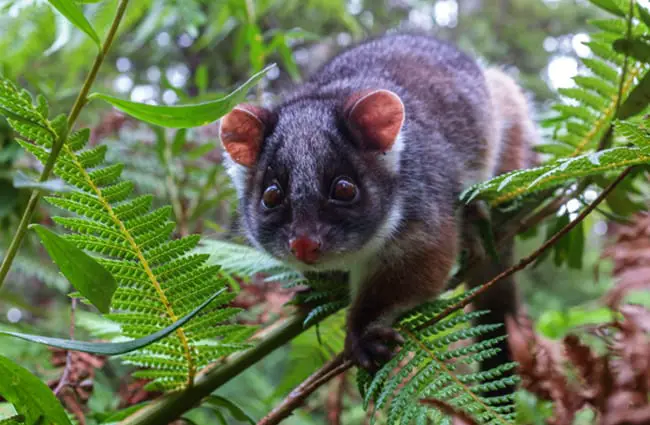
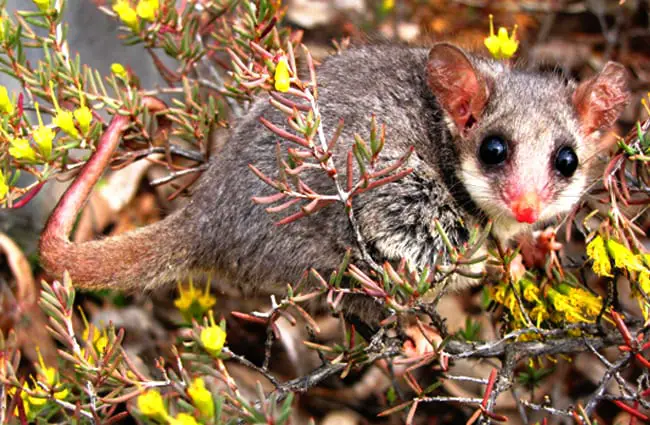
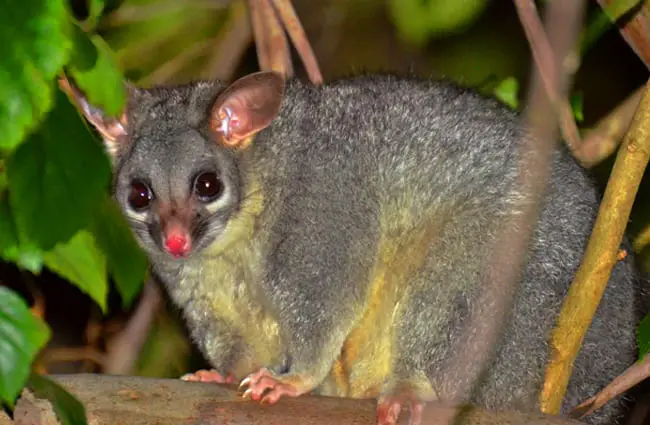

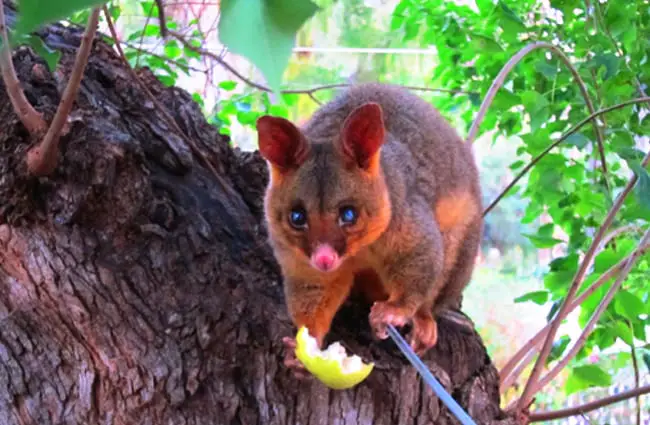



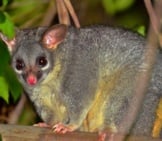
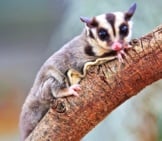
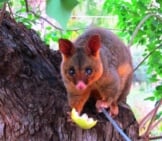
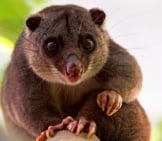
![Red Angus Closeup of a beautiful Red Angus cowPhoto by: U.S. Department of Agriculture [pubic domain]https://creativecommons.org/licenses/by/2.0/](https://animals.net/wp-content/uploads/2020/03/Red-Angus-4-238x178.jpg)












![Red Angus Closeup of a beautiful Red Angus cowPhoto by: U.S. Department of Agriculture [pubic domain]https://creativecommons.org/licenses/by/2.0/](https://animals.net/wp-content/uploads/2020/03/Red-Angus-4-100x75.jpg)

